Text to speech (TTS) technology has come a long way, offering various accents to make digital content more accessible and engaging. The British accent is particularly desirable due to its clarity and distinct pronunciation.
In this article, we will discuss the features, pros and cons, price, and best alternatives of these top text to speech tools. Our focus will be on helping you choose the right tool that meets your specific needs.
Top 5 Best Text to Speech British Accent
1. TextoSpeech
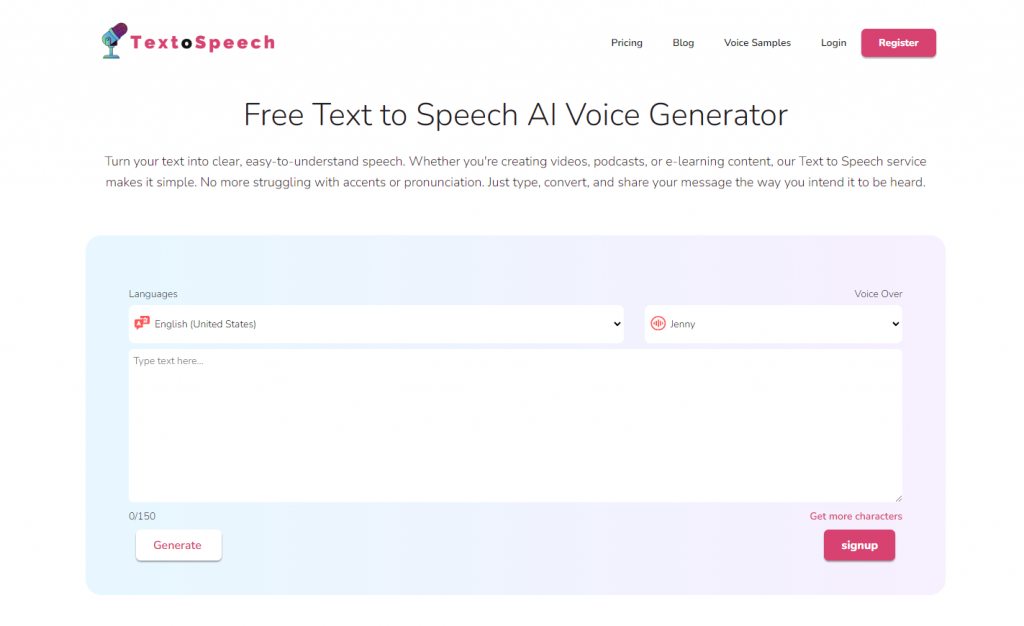
TextoSpeech is a website that turns written words into speech using a computer. It has a special feature for a British accent, which is great for people who like this style of speaking.
The British accent option in TextoSpeech makes the computer’s voice sound like it’s from the UK. This is useful for people who are learning English and want to get used to this accent.
It’s also good for making content that needs a British voice, like videos or presentations. This is a simple way to turn text into speech with a British twist. It’s helpful for many different needs and is easy for everyone to use.
Features of TextoSpeech
- Supports over 50 languages and 300 voices, providing a diverse range of content needs.
- Provides an easy-to-use text editor with real-time preview for fine-tuning voiceovers.
- Flexible pricing plans, including a free version, low-cost subscription options for advanced features, and a lifetime plan.
- Natural-sounding voices that are ideal for YouTube videos and multimedia projects.
- Web-based platform, ensuring accessibility and convenience without the need for software installation.
- Fast processing speeds allow for faster turnaround on voiceover projects, increasing productivity.
Pros and cons of TextoSpeech
Pros
- Variety of Voices and Languages
Ease of Use
Time-Saving
Cost-Effective
Consistency
Accessibility
Cons
- Limited Features in Free Version
Lack of offline functionality
2. Speechify
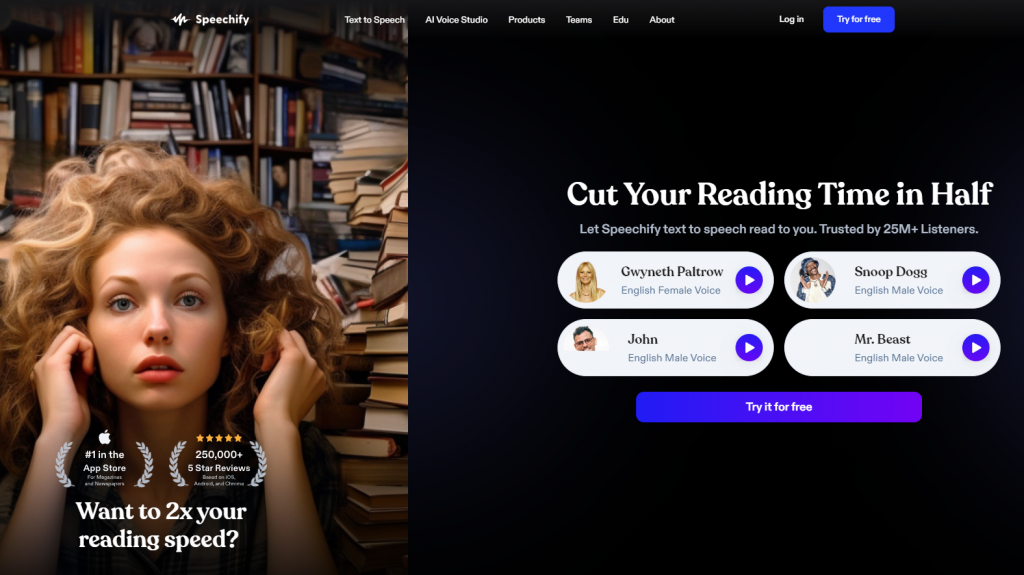
Speechify is a text-to-speech tool that can read out written text. It offers a British accent, which is helpful for those who prefer this style of speaking. This feature is great for listening to text in a clear and familiar accent.
The British accent option in Speechify makes the listening experience enjoyable and easy to understand. It’s especially useful for people learning English or those used to the British way of speaking.
Using Speechify with a British accent can aid in better comprehension of the text. It turns reading material into spoken words, making it simpler for everyone to follow along.
Features
- Speechify offers over 30 languages and a wide range of 130+ voices, including natural-sounding and celebrity-like options.
- Includes reading speed control, highlighting text as it’s read, and converting text from books, PDFs, and web pages.
- Integrates with browsers and mobile devices, allowing seamless text-to-speech conversion across different platforms.
- Offers a free version with basic features and a premium plan with advanced capabilities like more voices and offline listening.
- High-quality voice synthesis, providing clear and natural-sounding audio for various content types.
- User-friendly interface, making it easy for users of all skill levels to navigate and use the tool effectively.
- Multi-device compatibility, supporting usage across computers, smartphones, and tablets for consistent accessibility.
Pros and cons
Pros
- Accessibility
- Language Learning
- Productivity
- OCR technology
- Support for Multiple Platforms
Cons
- Naturalness of Voice
- Accuracy and Pronunciation
- Subscription Costs
- Limited Context Understanding
3. Play HT
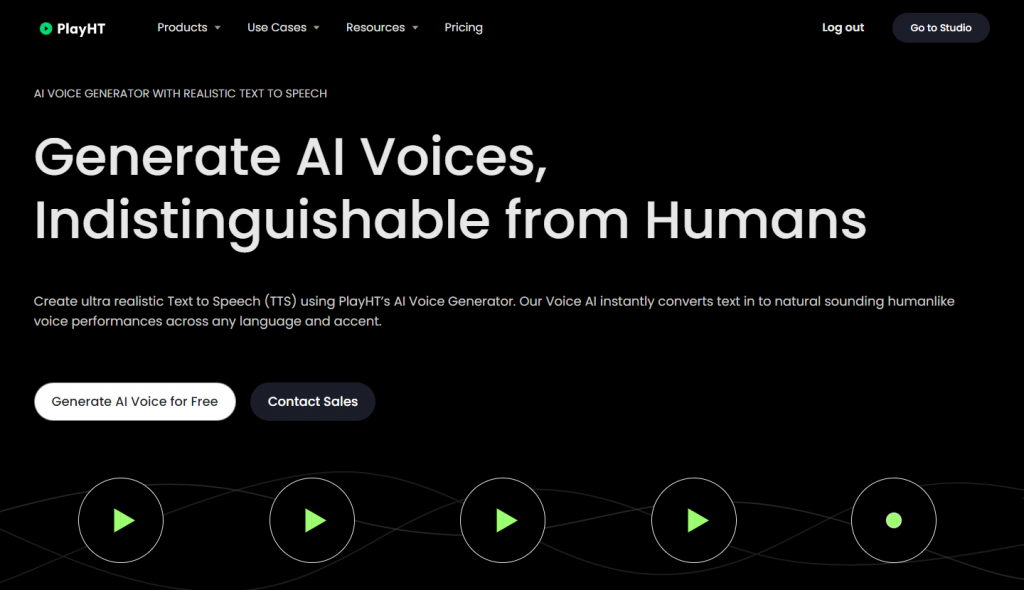
Play HT is a website where you can turn text into speech. It offers a British accent option which sounds like someone from the UK. This is helpful if you want your text read aloud in a clear, British voice. It’s great for people who like listening more than reading.
The British accent on Play HT is very clear and easy to understand. It can read any text you type, making it sound like a British person is speaking. This is perfect for learning, presentations, or just enjoying a book without reading.
You type your text, choose the British accent, and it reads it out loud. This tool is useful for everyone, especially those who prefer listening to a British voice. It’s a fun way to turn written words into speech.
Features
- Offers over 900 AI voices across 100+ languages, catering to a global audience.
- Includes SSML tags for voice control, WordPress plugin, and podcast hosting integration.
- Real-time voice preview to ensure quality before finalizing the audio.
- Flexible pricing plans, including a free version and affordable premium options.
- High-quality voice cloning technology for personalized voiceovers.
- Easy-to-use interface for quick text-to-speech conversion.
- Advanced customization options, including speed, pitch, and emphasis adjustments.
Pros and Cons
Pros
- Wide Range of Voices and Languages
- Realistic Voice Synthesis
- Easy to Use
- Customization Options
- Integration Capabilities
Cons
- Dependence on Text Quality
- Lack of Emotional Depth
- Cost
- Limited Customization in Free Version
4. Murf AI
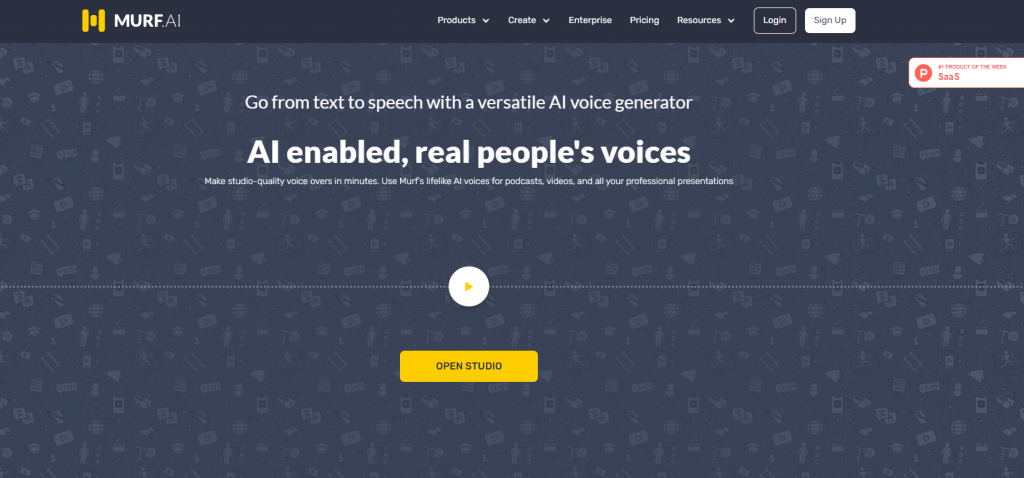
Murf AI is a website that offers a tool for converting text into speech. It’s especially good for making a British accent sound natural. This is useful for people who want their written words to sound like someone from Britain is speaking them.
The site is simple to use. You just type or paste your text, and choose the British accent. Then, the tool reads your text out loud with that accent. It’s great for making presentations or videos sound more professional with a British voice.
Murf AI helps a lot of people, like teachers, YouTubers, and businesses. They use it to make their content sound good and clear. It’s an easy way to make sure everyone understands what they’re saying, especially if they want a British sound.
Features
- Murf AI offers over 120 voices across 20 different languages, catering to a global user base.
- Includes voice cloning, AI dubbing, and integration with Canva for enhanced voice-over capabilities.
- Advanced text-to-speech editor, voice modulation options, and real-time voice editing for precise control.
- Flexible pricing plans, including a free trial, basic, pro, and enterprise levels, to suit different user needs.
- High-quality, lifelike AI voices are ideal for professional and personal projects.
- User-friendly interface, making it accessible for beginners and experts alike.
- Extensive library of AI voices, including options for different ages, accents, and styles.
Pros and cons
Pros
- Wide variety of voices
- Extra Effects
- Google Slides Add-on
Performance - Scalability
Cons
- Cost
Learning Curve - Reliability
- Customization
5. Revoicer
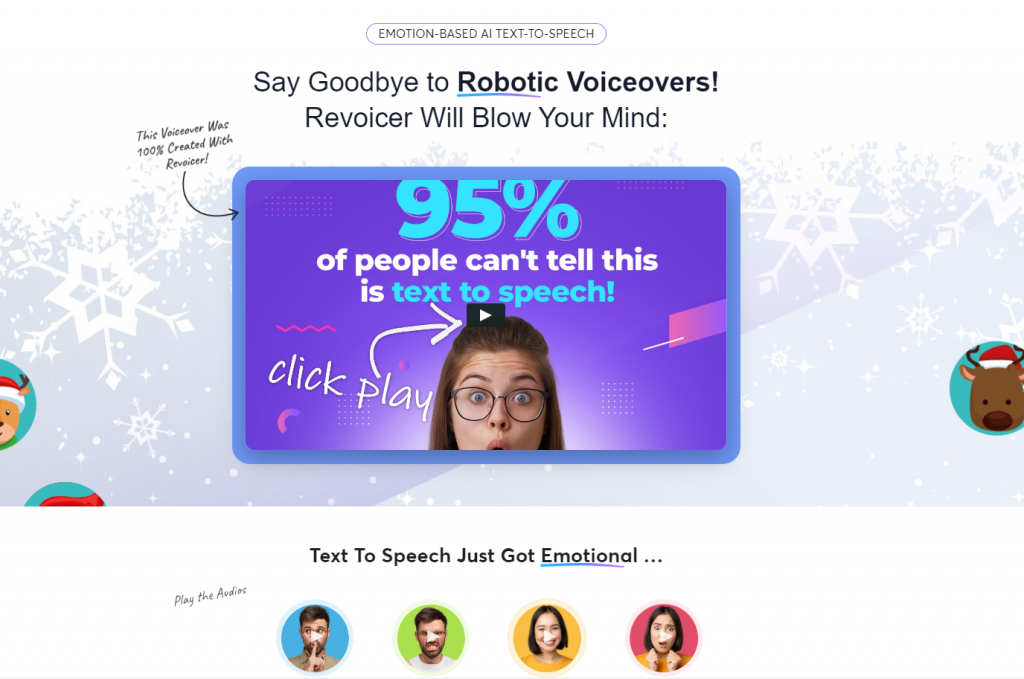
Revoicer offers a text-to-speech service with a British accent. This is great for turning written words into spoken ones, sounding like they’re from the UK. It’s helpful for people who want to hear texts read out loud in a British style.
The service is easy to use. You type or paste the text, and it reads it back in a British accent. This is perfect for anyone needing to hear how something sounds in English, especially in a British way.
Revoicer is useful for learning or just for fun. Whether for study, work, or enjoyment, it brings written words to life. It’s like having a British friend read stuff to you, making it more engaging and interesting.
Pros And Cons of Revoicer
Pros
- Accessibility
- Convenience
- Variety of Uses
- Time-Saving
Cons
- Unrealistic Voices
- Language Limitations
- Bad Context Understanding
FAQs
What is Text to Speech with a British Accent?
Text to Speech with a British Accent is a technology that converts written text into spoken words using a voice that has characteristics of a British accent. This can include variations like Received Pronunciation or regional accents from different parts of the UK.
How does Text to Speech with a British Accent work?
TTS technology uses artificial intelligence and linguistic algorithms to analyze the text, interpret punctuation and syntax, and then generate spoken words. For a British accent, specific phonetic and intonation patterns characteristic of the accent are applied.
Can I customize the voice in Text to Speech with a British Accent?
Yes, many TTS systems allow customization of the voice, including pitch, speed, and sometimes specific regional accents within the UK. This customization helps in achieving a more natural and specific accent desired by the user.
Is Text to Speech with a British Accent available in multiple languages?
Most TTS systems with a British accent primarily support English. However, some advanced systems are capable of reading text in other languages with a British accent, though the naturalness and accuracy might vary.
Conclusion
The best text-to-speech software with a British accent delivers clear and authentic speech. It helps users feel like they’re listening to a natural British speaker. This makes it perfect for anyone needing spoken English in this accent.
TextoSpeech stands out in this area. It’s user-friendly and gives excellent British accent output. This makes learning or enjoying content in this accent easy for everyone.

